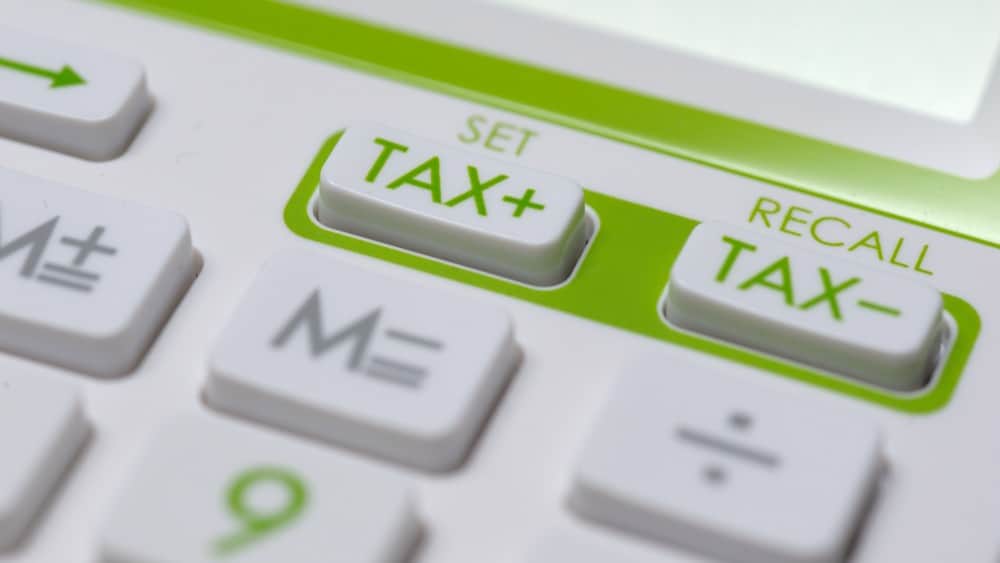The year 2020 has been a tough year for everyone, especially those who lost their jobs or had to close their business. These are the times when people want the government to step in and help its people with their basic financial needs. That’s what the CERB was introduced for and what the current CRB payment (along with the EI and other benefit payments) stands for.
These payments have been a huge help to millions of Canadians, especially the CRB, which people who are part of the gig economy love (because they don’t qualify for the EI, and if it wasn’t for the CRB, they’d be in serious trouble). But they won’t love it very much when it’s time to pay the piper (the CRA).
CRB is taxable
This is something almost all recipients understand. The CERB was also taxable income, but there is a difference. The CERB was released in its entirety, and the people who qualified got the whole $2,000 for the month. But the CRB is taxed at the source. If you apply for two periods (four weeks/one month) and you are qualified, you are eligible for a $2,000 benefit payment. But you don’t get all of it.
The CRA deducts 10% tax at the source, and you will receive $1,800 instead. But that’s where the confusion stems from. The CRA doesn’t know what your overall tax obligation is yet (and won’t know until you file for the next year), so it can’t deduct all the tax you owe on your CRB payments. So to streamline the process, it’s deducing 10% from everyone’s CRB.
That doesn’t mean your tax obligation for the benefit payment is met, however. You will need to add the CRB in your tax calculation and figure out how much you owe. You’ll then subtract the 10% the government withheld and send in the rest.
Balance the new tax obligation
If the CRB has increased your tax obligation, you can offset it with one of the most consistent tax deductions there are The RRSP contributions. You can invest in a discounted energy stock like Pembina Pipeline (TSX:PPL)(NYSE:PBA) that’s currently offering a generous 8.4% yield. If you live in Ontario and your income for the year comes out to about $60,000, you can save nearly $3,000 in taxes by contributing $10,000 to your RRSP.
$10,000 in Pembina means you have about $840 a year in your RRSP through dividends. Pembina is a dividend Aristocrat that has grown its dividends for eight consecutive years. Its current payout ratio isn’t ideal, but it’s still better than Enbridge, and it’s highly unlikely that the company will slash its dividends and put it Dividend Aristocrat status in jeopardy.
Foolish takeaway
Paying taxes on a benefit payment might not seem ideal to many people, but these taxes are (in part) what allowed these benefit payments to existing in the first place. The smart idea is to start building your own nest egg and emergency funds so that next time, you have enough savings to fall back on. And if these savings are in a Tax-Free Savings Account (TFSA), you won’t have to worry about the tax.









